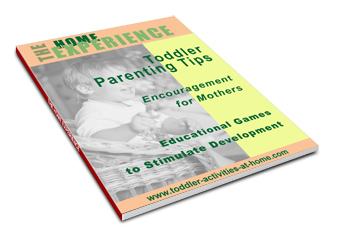Basic Phonics Rules
For Teaching Phonics Successfully
It’s a complex language with exceptions to just about every rule.
So how can we simplify it for our kids?
Teaching the rules along with some sight words that don’t follow these rules will provide your children with most everything they need to be good readers.
Tips for teaching basic phonics rules:
- The most important thing to remember is that these general rules are not set in concrete. They may help some children and hinder others because there are often many exceptions to the rules.
- Teach one rule at a time and only add another rule when your child has learned the current one.
- Because the English language is just so complicated and there are exceptions to many of the phonics rules, drilling kids is not the most effective way to teach phonics for most kids. You want to incorporate phonics in a fun or interesting way. Using games and fun activities can help reinforce all the frustrating rules and nuances of learning to read. Teaching with examples, songs, and games teaches the rules in a fun and effective way.
- Learning phonics is more successful when it is taught systematically. First you teach the letters and sounds and then you show kids how to blend them. You teach one sound at a time and then you can start teaching the different phonics rules.
- Use flash cards as an easy way to practice the various rules. When children learn phonics rules it's like giving them a language blueprint which helps them become good readers. The best way for them to learn the basic phonics rules is through practice and repetition.
Teaching all the rules can be overkill, but there are some basics that make learning how to read much easier. Don’t worry too much if there are exceptions to the rule; you can explain them when you get to them. We all remember various rules we learned as kids like:
- i before e except after c (relieve, receive)
- When 2 vowels are together, the 1st one is boss and the 2nd is silent (keep, hear, mail). Of course there are exceptions such as good, round, or soil.
- The silent e at the end of a word makes the first vowel say its name (came, home, time). Exceptions would be words such as love, riddle, or house.
- Two consonants together make just one sound (dress, bell, this).
- All words need a vowel
- q and u are always together to make one sound (quit, quick)
We love programs like All About Spelling because it helps children learn to read and spell without getting mired down with rules that only work some of the time. For instance, it shows kids that there are many reasons for the silent e at the end of the word, not just for creating the long vowel sound.
To Help Busy Mums and Dads Here Are Some Related Shopping Items
When you purchase from this link, you are actually purchasing from Amazon.com, and you can have peace of mind that your order will be processed by Amazon’s secure order server.
Other Articles for You
Home l Stay At Home Moms l Toddlers Games l Toddler Exercise l Constipation in Toddlers l Shopping with Toddlers l Helping Toddlers Overcome Fears l Teaching Toddlers Manners l Toddler Music Activities l Homeschooling Toddlers l Toddler Bedroom l Toddlers And Food l Parenting Toddlers Alone l Reading to Toddlers l Aggressive Toddler l Toddler Sleep Tips l Buying toddler toys l Shy toddler l Development l Toddler Chores l Toddler Routines l Toddler Educational Activities l Toddler Learning Activities l Toddler Coloring Pages l










New! Comments
Have your say about what you just read! Leave me a comment in the box below.